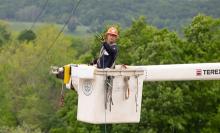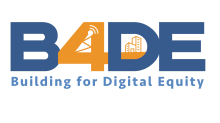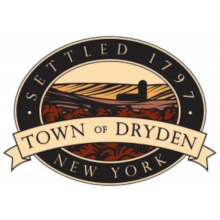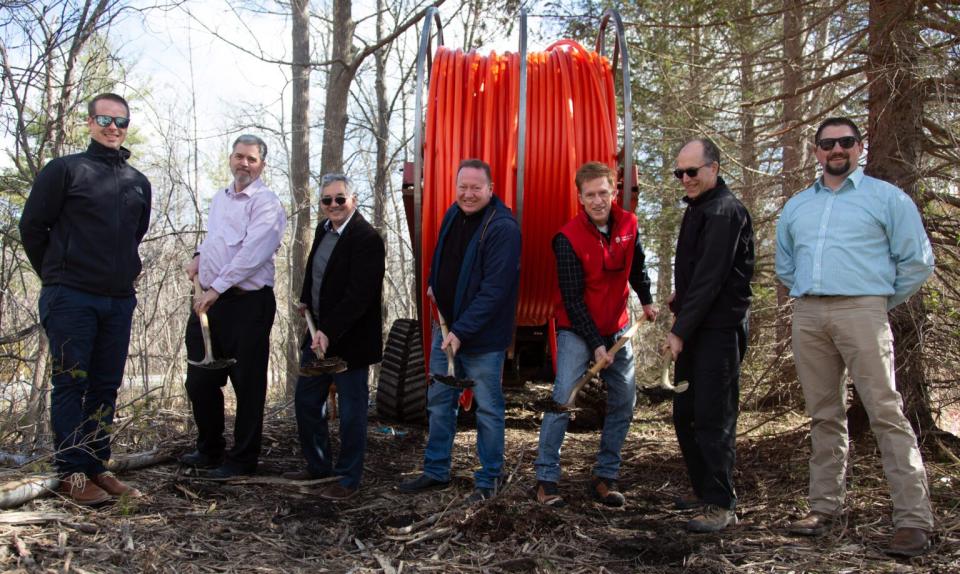New York Announces Another $140 Million in Municipal Broadband Grants
New York’s Municipal Infrastructure Program (MIP) continues to provide grant funds to build municipal broadband networks across the state, as state broadband officials recently announced the program’s largest round of funding to date.
As we reported in June, the MIP program – specifically designed to fund municipally-owned networks as part of the Empire State’s $1 billion ConnectALL initiative – awarded $70 million to a half dozen projects earlier this summer.
Then, earlier this month, another $140 million in grant awards were announced for an additional six projects, promising to deliver “more than 1,200 miles of publicly-owned fiber optic infrastructure and wireless hubs, connecting (passing) over 60,000 homes and businesses with affordable, symmetric service – offering equal download and upload speeds at rates below regional averages.”

The funding will be used to expand broadband infrastructure (and seed competition) in the Central New York, Finger Lakes, Mohawk Valley, North Country, Mid-Hudson and Western New York regions.
In a prepared press statement, New York Gov. Kathy Hochul characterized the grants as “a transformative step forward in our mission to connect every New Yorker to affordable, high-speed Internet.”












